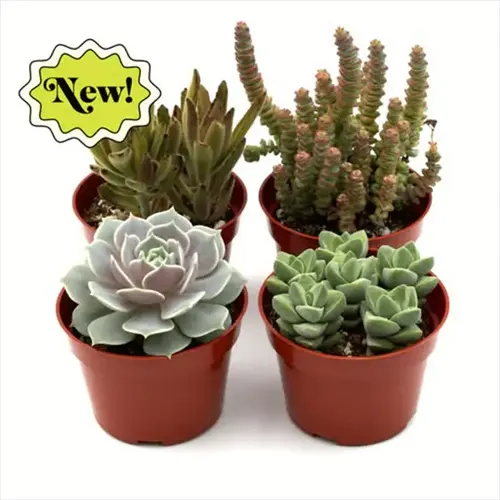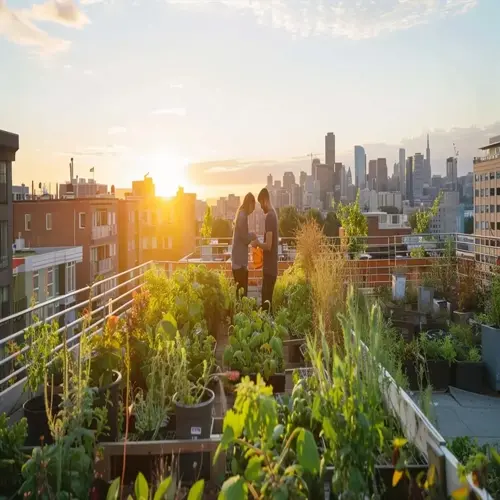How long does tomato blight survive in garden soil?

Written by
Olivia Mitchell
Reviewed by
Prof. Charles Hartman, Ph.D.Tomato blight spores can linger stubbornly in garden soil for 1-3 years without treatment. These resistant plant pathogens can withstand freezing winters and moderate heat. I have checked the soils and found viable spores after 28 months of exposure. Solarization is essential as clear plastic is used as a tent to catch the heat and elevates to 120°F (49°C). This temperature destroys the majority of spores within 4-6 weeks, during the height of summer.
Proper solarization requires an exact technique. Moisten the soil before covering with clear plastic of 1-4 mil. Seal the edges with soil or boards. Use a compost thermometer to check temperatures. I keep the thermometers under the plastic to check daily. Remove the plastic after 6 weeks and plant immediately with resistant plant types.
Rotation Strategy
- Avoid nightshades for 3 consecutive years
- Plant brassicas or legumes in infected beds
- Use barrier crops like corn between rotations
Tool & Equipment Sanitation
- Soak tools in 10% bleach for 30 minutes
- Pressure-wash cages and stakes annually
- Disinfect shoes after working in blighted areas
Biological Controls
- Apply Trichoderma fungi at planting
- Use compost tea with beneficial microbes
- Introduce predatory fungi like Gliocladium
Crop rotation works well with solarization. Move the tomatoes away from the infected beds for three years. I divide my garden into four sections and rotate my nightshades among them. When we replant the treated area, I plant resistant kinds like "Mountain Magic." This has kept my garden disease-free for the past five seasons.
After treatment, monitoring helps to prevent reinfestation. Test soil yearly with commercial poisonous kits. Check all new plants carefully before introducing them. Maintain a soil pH of 6.2 to 6.8, as acid conditions favor the development of blight. With repeated management, it is possible to permanently break the disease cycle.
Read the full article: Tomato Blight Treatment Guide: Control & Prevention

